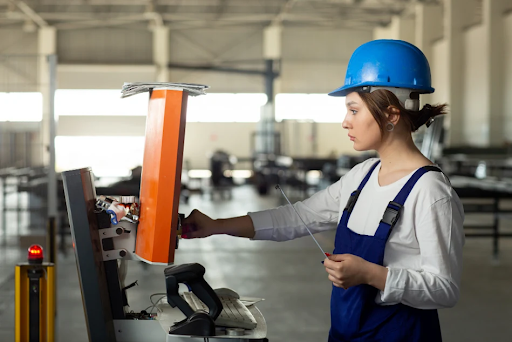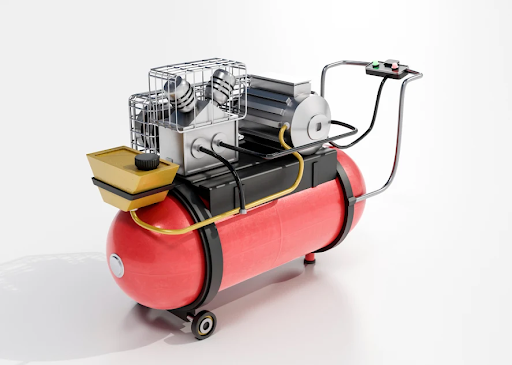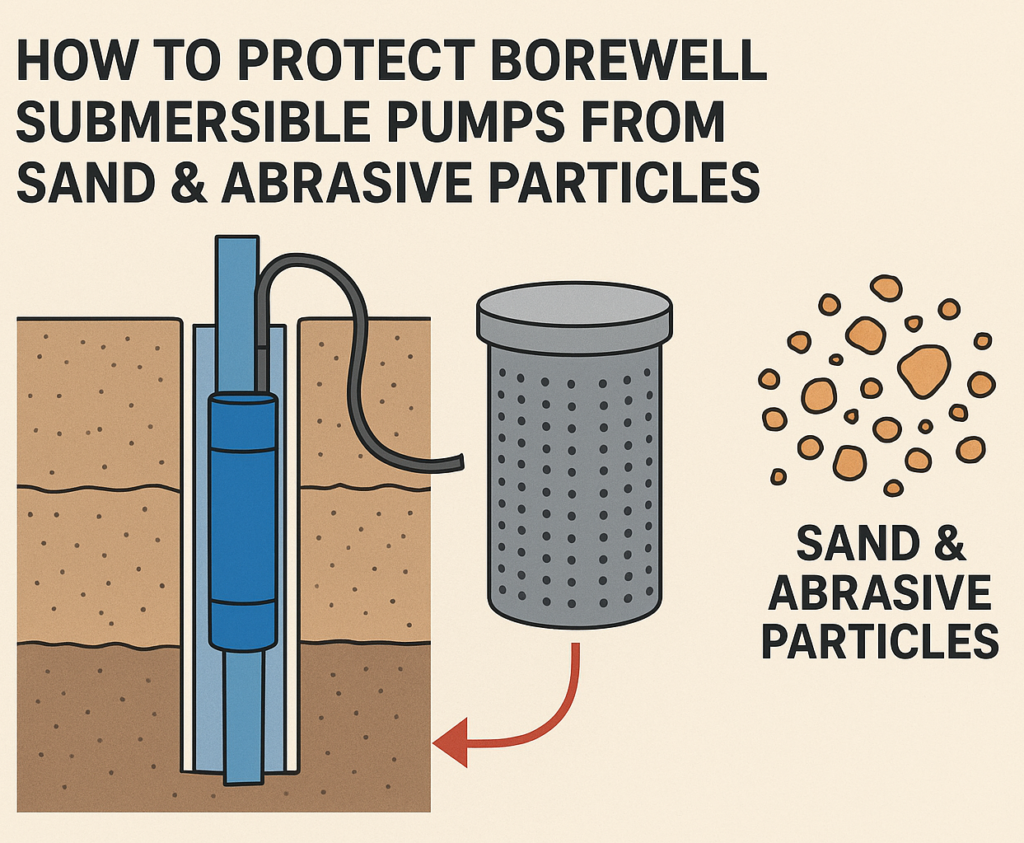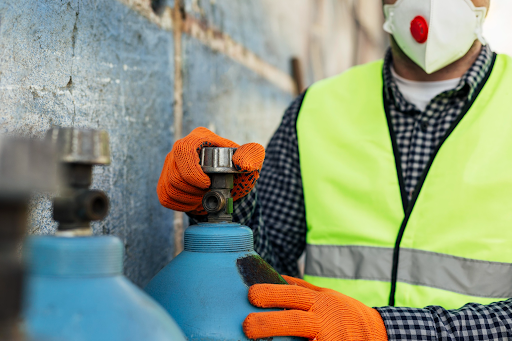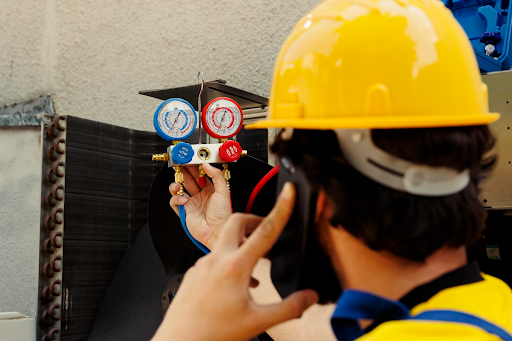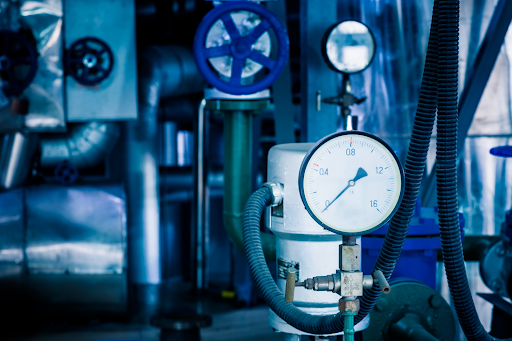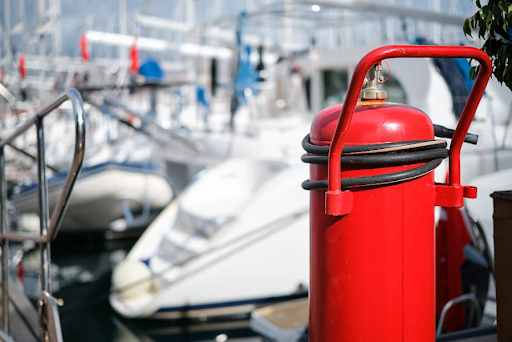
Designing Solar Photovoltaic (PV) solutions for cold rooms can be one of the trickiest tasks. It’s because refrigeration requires electricity 24/7, while solar generation is restricted to daylight hours. Hence, getting the right sizing means understanding the load pattern, storage requirements, and system design options. Here’s a simple, professional guide that will help with compressor deals and facility owners planning sustainable upgrades.
Understand the Cold Storage and Load Profile
Cold rooms operate with compressor cycles which fluctuate between peak draw and lower loads. Hence, night loads remain high because refrigeration cannot pause. Thus, night loads remain high because refrigeration cannot be paused. So, here’s what’s important to differentiate:
Connected load – total rated capacity installed.
Running load – average operating wattage based on duty cycle.
Actual kWh/day – the real metric needed for solar sizing.
Solar Generation Pattern VS Refrigeration Needs
Solar output peaks in the afternoon and drops sharply in the early morning and evening. This is also when cold rooms still require power. So, the mismatch means a PV-only system cannot directly meet the continuous refrigeration loads. For a compressor proposing solar-ready solutions, highlighting this mismatch earlier helps in preventing oversizing or unrealistic expectations.
The Role of Energy Storage
As cold rooms run round-the-clock, energy storage becomes crucial-
Battery storage: stores excess daytime generation for nighttime use.
Thermal storage: ice banks or precooling- It shifts the compressor operation to solar hours, reducing battery size.
Hence, thermal approaches not only cost less but also improve efficiency. It makes them a strong alternative for many compressor dealers.
DC-Coupled vs AC-Coupled Architecture
DC-coupled systems achieve higher efficiency in battery-heavy designs because energy flows directly from the PV to the batteries.
AC- Coupled systems are comparatively easier to retrofit and work well with the existing DG or grid connections.
Thus, cold storage facilities should ensure choosing the right one based on their expansion plans, load criticality, and compressor type.
Temperature Effects on PV and Cold Room Load
Higher ambient temperatures reduce the solar panel output but increase refrigeration demand. This pushes system designers to utilise realistic seasonal data rather than the annual averages.
Improving Solar Share
Here’s how you can enhance the system performance with the following:
- Precooling during peak solar hours
- VFDs for compressors to smooth the load
- Superior insulation to reduce runtime
These upgrades lower energy demand and improve ROI, which is important for facility owners and compressor dealers alike.
ROI and Payback
Night demand means higher battery costs, but thermal storage, efficiency upgrades, and hybrid integration significantly improve payback.
The VEMC Approach to Smarter Cold Storage Power
When sizing a solar PV system for cold storage, remember that it requires a balanced approach between intermittent solar generation and continuous refrigeration demand. Hence, with the right system design and efficient compressors, you can achieve lower energy costs and faster payback.
About VEMC
VEMC delivers integrated solar and refrigeration solutions tailored for cold storage applications. For expert support, reach out to us at +91 8976951701 | +91 98199 07445 | 022 43436655 | 022 43117133 or email marketing@vemc.co.in




